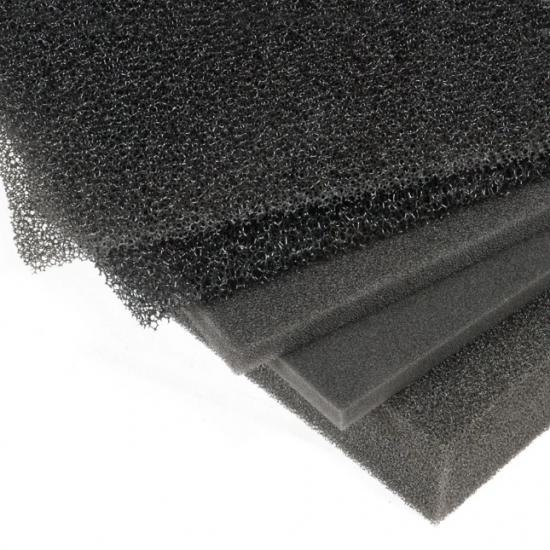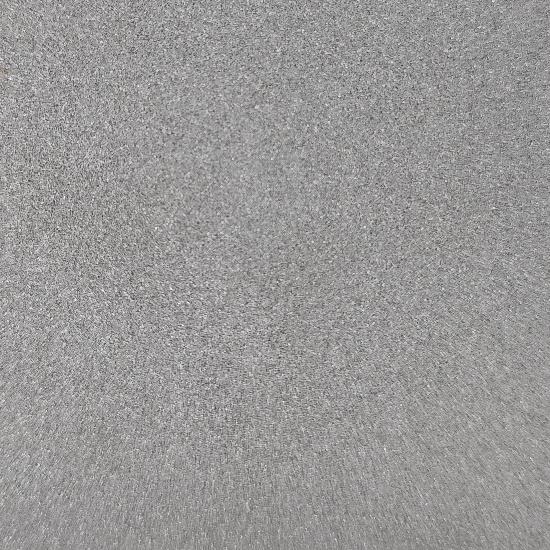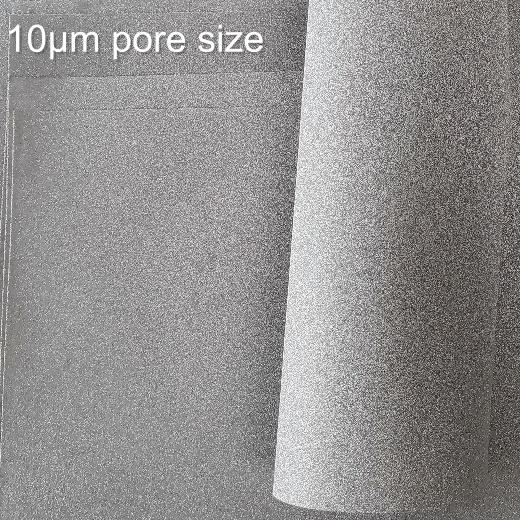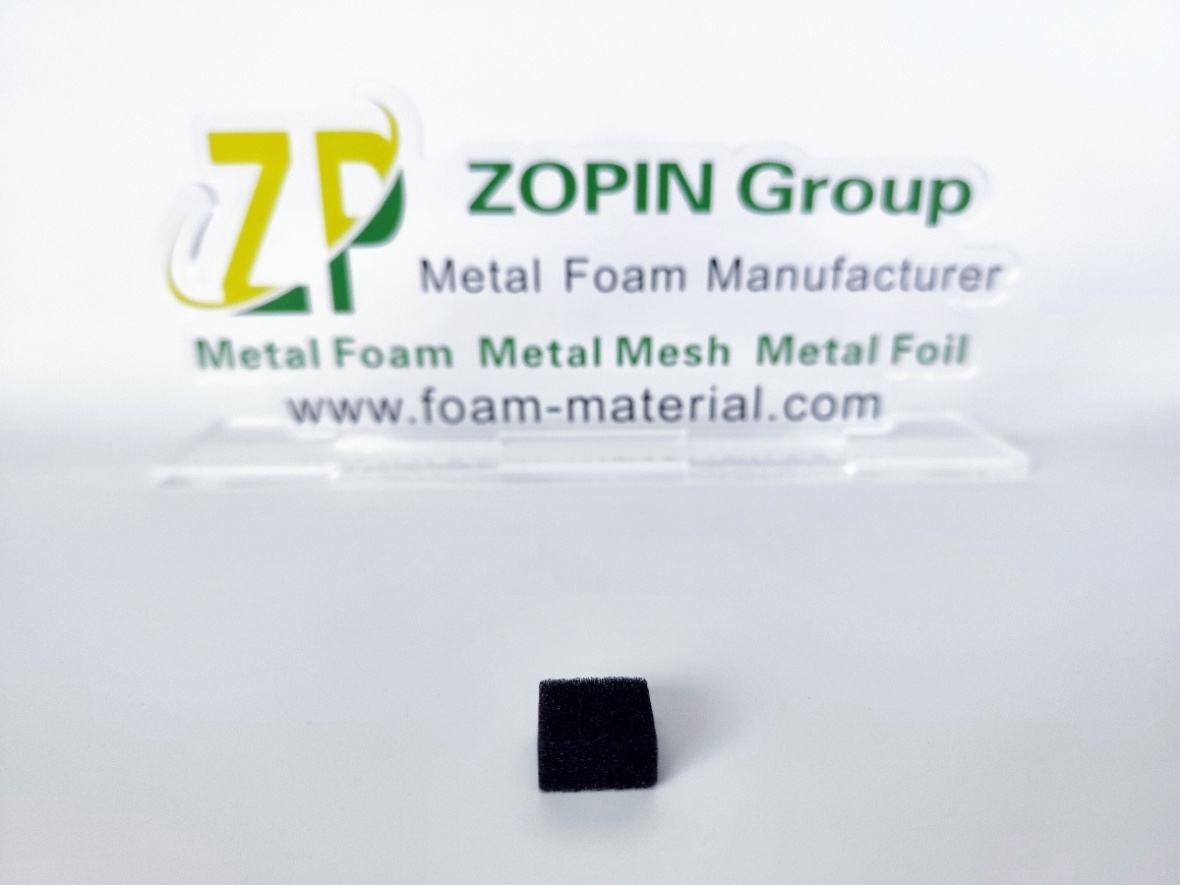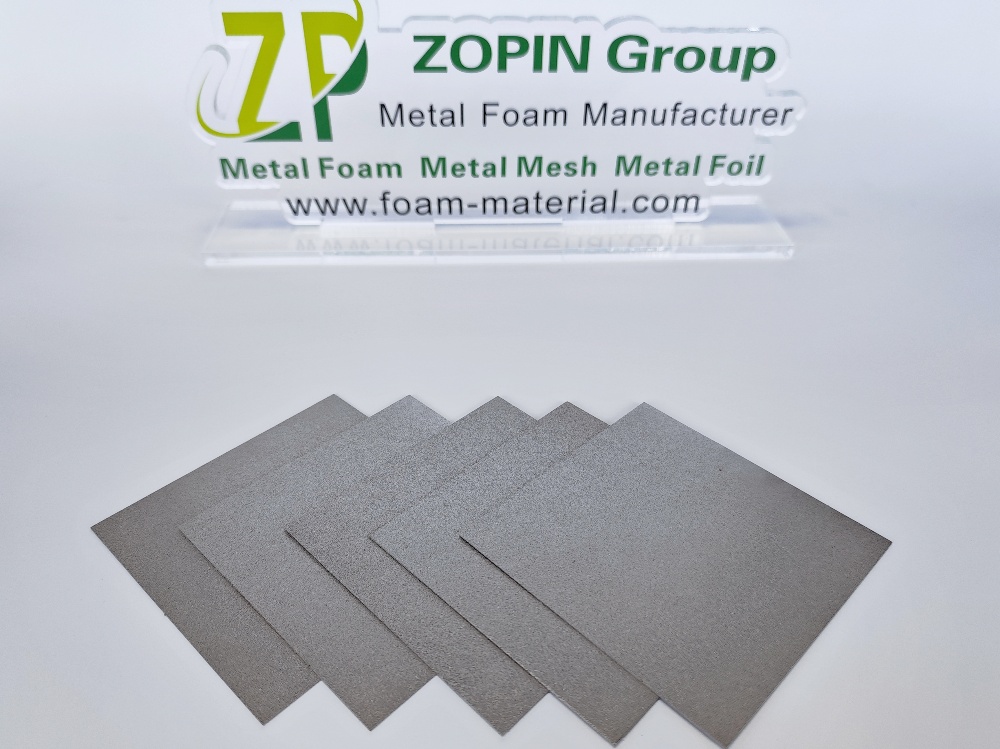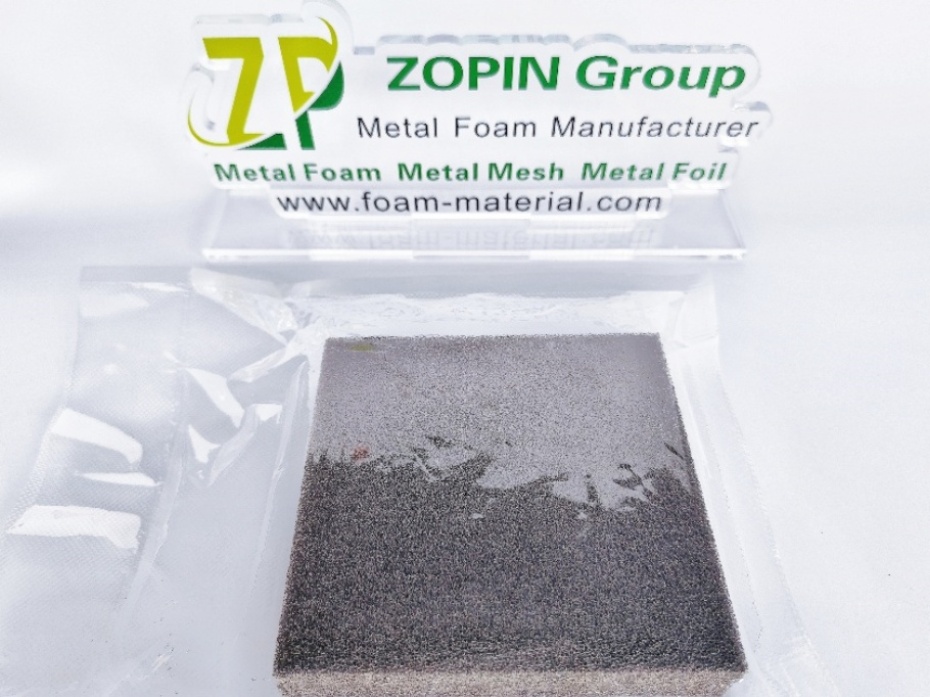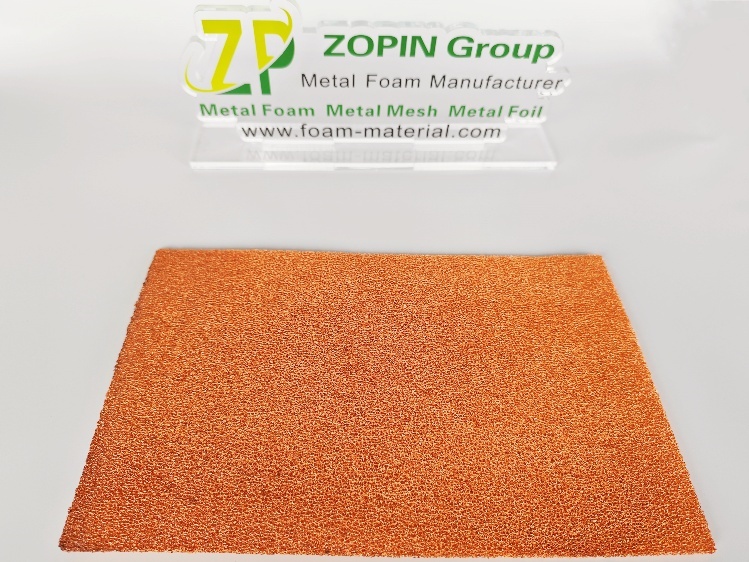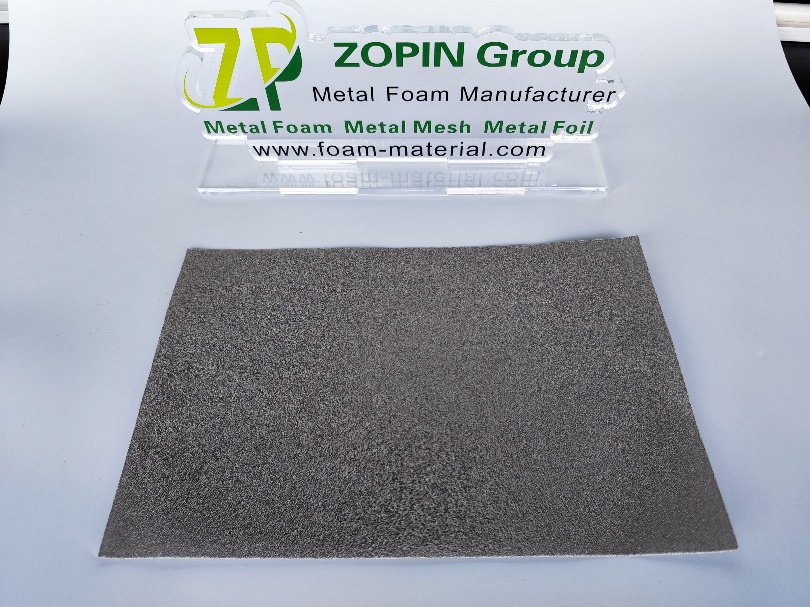Zopin Engineers Design Electrochemically Active Carbon Foam for Hanbat National University Carbon foam is porous material composed primarily of carbon atoms. This unique material boasts an intricate network of interconnected pores, which can range from micro- to macro-sized, imparting it with exceptional properties such as high thermal conductivity, low density, excellent mechanical strength, and remarkable resistance to heat and chemicals. Carbon foam is typically synthesized through various methods, including pyrolysis of polymer foams, chemical vapor deposition (CVD), or the graphitization of organic precursors under controlled conditions. Reticulated Vitreous Carbon (RVC), a special type or manifestation of foamed carbon, boasts unique and exceptional performance characteristics. It combines high porosity with excellent electrical conductivity and chemical stability, making it an ideal material for a wide range of applications. Engineers from Zopin have leveraged these properties to design an RVC foam specifically for Hanbat National University. This foam is capable of undergoing three-electrode electrochemical experiments in solvents such as dichloromethane, tetrahydrofuran, and acetonitrile, demonstrating its versatility and robustness in electrochemical research. The RVC foam's high porosity allows for efficient mass transport and provides a large surface area for electrochemical reactions, enhancing the sensitivity and performance of electrochemical sensors and devices. Additionally, its excellent electrical conductivity ensures that the foam can effectively transmit electrical signals, making it suitable for applications such as electrochemical capacitors and batteries. Furthermore, the chemical stability of RVC foam allows it to withstand harsh chemical environments, making it an ideal choice for use in electrochemical cells and other devices that require long-term stability and durability.
continue reading Daisy@foam-material.com
Daisy@foam-material.com
